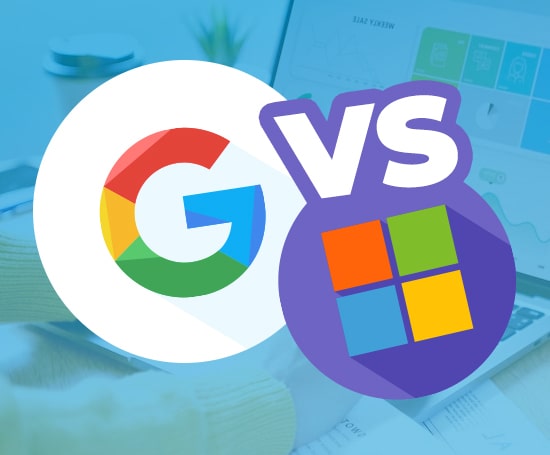Latest From The Sayu Blog



Website navigation is one of the most critical aspects of user experience. If visitors cannot find what they are looking for quickly, they will often leave and look elsewhere. Effective navigation not only keeps users engaged but also improves search engine optimisation (SEO) and increases conversions. Below are ten practical strategies to improve website navigation.
| # | Strategy | Key Focus |
|---|---|---|
| 1 | Keep Navigation Simple and Clear | Reduce clutter, use descriptive labels |
| 2 | Optimise for Mobile and Responsiveness | Ensure menus work across devices |
| 3 | Use Breadcrumbs for Orientation | Help users track their location |
| 4 | Add a Search Bar with Smart Features | Predictive search, filters, typo correction |
| 5 | Design Navigation Around User Behaviour | Data-driven menus, heatmaps, analytics |
| 6 | Incorporate Clear Calls-to-Action (CTAs) | Drive conversions with visible CTAs |
| 7 | Provide Secondary and Footer Navigation | Keep main menu lean, add support links |
| 8 | Enhance with Visual Cues and Feedback | Hover states, icons, active highlights |
| 9 | Ensure Accessibility for All Users | Keyboard navigation, ARIA, colour contrast |
| 10 | Test, Monitor, and Refine Regularly | Usability testing, A/B testing, audits |
Navigation menus should be simple, uncluttered, and easy to understand. Limit the number of top-level menu items and use descriptive, straightforward labels. Avoid jargon and keep text concise. A clear structure reduces cognitive load, helping visitors to find what they need faster. Group similar items together logically, and ensure your most important pages are never more than a couple of clicks away.
With mobile devices accounting for the majority of browsing, menus must be fully responsive. Implement mobile-friendly solutions such as hamburger menus, sticky headers, and buttons that are large enough to tap easily. Test navigation on different devices and screen sizes to guarantee usability. Remember, a menu that looks fine on desktop can become cluttered and confusing on mobile if not properly designed.
Breadcrumb trails help users see where they are on a site and make it easier to move backwards. They also improve SEO by providing clear internal linking and reinforcing site hierarchy. Breadcrumbs are particularly useful for large e-commerce sites or resource-heavy blogs, where users may land deep within the site from a search engine.
A search bar is invaluable on content-heavy or e-commerce sites. Smart features like autocomplete, predictive search, and filters save time and ensure users can quickly find what they need. Placing the search bar prominently, often in the header, makes it instantly accessible. Ensure the results page is well-designed and easy to navigate.
Base navigation decisions on data. Use heatmaps, analytics, and user testing to understand how visitors interact with your site. Design menus and pathways that align with actual user behaviour rather than assumptions. Conduct card sorting exercises to confirm your categories make sense to real users. Regularly review analytics to see if certain paths are underperforming or causing drop-offs.
Integrate calls-to-action into navigation menus to guide users towards important actions. Examples include “Book Now,” “Get a Quote,” or “Shop Now.” These CTAs should be prominent and easy to find. They can be highlighted with contrasting colours or positioned strategically at the start or end of menus to stand out without being overwhelming.
Secondary and footer menus keep the main navigation uncluttered while ensuring key pages like FAQs, policies, and careers remain easily accessible. This creates a smoother user journey across the site. Footer menus are also a great place to reinforce trust by linking to terms of service, privacy policies, and certifications.
Visual aids such as hover effects, active link highlights, and icons help users understand where they are and what is clickable. These cues add clarity and reduce user frustration. Consider using small icons for categories, subtle animations for dropdowns, and highlighting the current page to reassure users they are in the right place.
Navigation should work for everyone. Ensure keyboard navigation functions properly, provide ARIA labels for screen readers, and use accessible colour contrasts. Following accessibility standards improves usability for all. Designing for inclusivity not only broadens your audience but also avoids legal compliance issues.
Navigation is never static. Regularly run usability tests, monitor analytics, and conduct A/B testing to identify improvements. Remove outdated links and adjust menus based on changing user needs. Encourage feedback from visitors to uncover pain points. Continuous refinement ensures your navigation evolves with your business and your audience.
Improving website navigation is an ongoing process. By applying these ten strategies, you will create a user-friendly experience that improves engagement, supports SEO, and boosts conversions. A well-structured navigation system not only guides visitors but also strengthens your brand’s online presence.
Browse Our Web Design & Development Services


